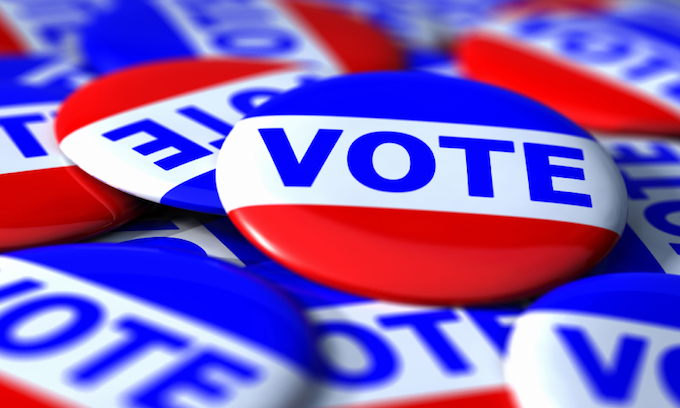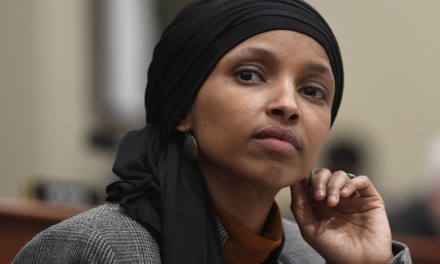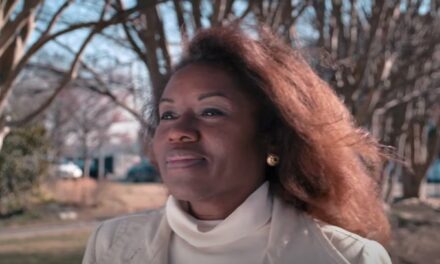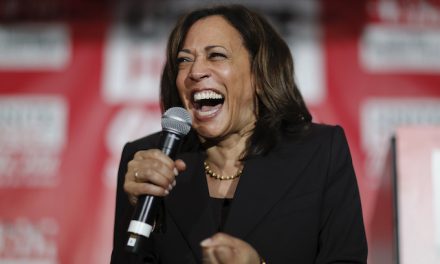While Donald Trump was elected president with a significant majority in the Electoral College, Hillary Clinton narrowly received more votes nationwide. (That tally is still changing as votes are finalized.) This has led to renewed grumbling from some Democrats about the Electoral College, which they suggest is archaic and should be jettisoned.
Having landed on the wrong side of a popular vote-Electoral College disconnect in two of the past five presidential elections, Democrats’ complaints aren’t surprising. Republicans would likely do the same if roles were reversed. Even so, the Electoral College still serves a valid purpose, and the results are not a gross injustice.
Because the Electoral College makes the presidential election a process of 50 statewide elections, candidates must appeal to the diverse interests of residents in many states. Transitioning to a true national popular vote could instead lead to national priorities being set by the residents of a handful of population centers in a handful of states.
Consider this: Trump received more votes than Clinton in 29 of 50 states (with Michigan still pending as this was written). Thus, in a popular vote model, the dominant view of residents in just 40 percent of states might determine the presidency for all. How is that more equitable than the Electoral College?
It appears the presidential winner in 13 states received less than half the vote (third party candidates received the remainder). But Trump won outright majorities in 24 states compared to just 13 where Clinton did the same. That means voters in nearly half of U.S. states clearly supported Trump, compared with similar levels of support for Clinton in only 26 percent of states.
States’ Electoral College votes are already weighted based on population, meaning one can win the presidency without winning an outright majority of states. Yet the scales would be tilted even further toward a handful of population centers under a true popular vote system.
Clinton’s national vote lead is built on large margins in cities like San Francisco. Just three states (California, New York and Illinois) provided one-fifth of Clinton’s total votes. Trump’s support came from a much wider swath of the country.
The geographic concentration of Democratic voters is apparent not only in Electoral College results, but also in down-ballot results. In the U.S. House, just three states (California, Massachusetts and New York) account for roughly one-third of elected Democrats. After the Nov. 8 elections, Republicans hold the governorship and majorities in both legislative chambers in 25 states, compared with only four where Democrats hold similar control.
Against that backdrop, a Republican presidential victory hardly seems an aberration. Geographically, most of the country is voting Republican.
Unlike a true popular vote, the Electoral College ensures presidential candidates seek to address the concerns of residents in numerous states, not just a handful. That should be welcomed by those who proclaim the importance of accommodating diversity.
Finally, Barack Obama won the presidency twice under the Electoral College system. The true problem for Democrats isn’t that Electoral College outcomes occasionally diverge from national vote leads. Their problem was that Hillary Clinton was a bad presidential candidate.
___
(c)2016 The Oklahoman
Visit The Oklahoman at www.newsok.com
Distributed by Tribune Content Agency, LLC.
—-
This content is published through a licensing agreement with Acquire Media using its NewsEdge technology.



















Recent Comments